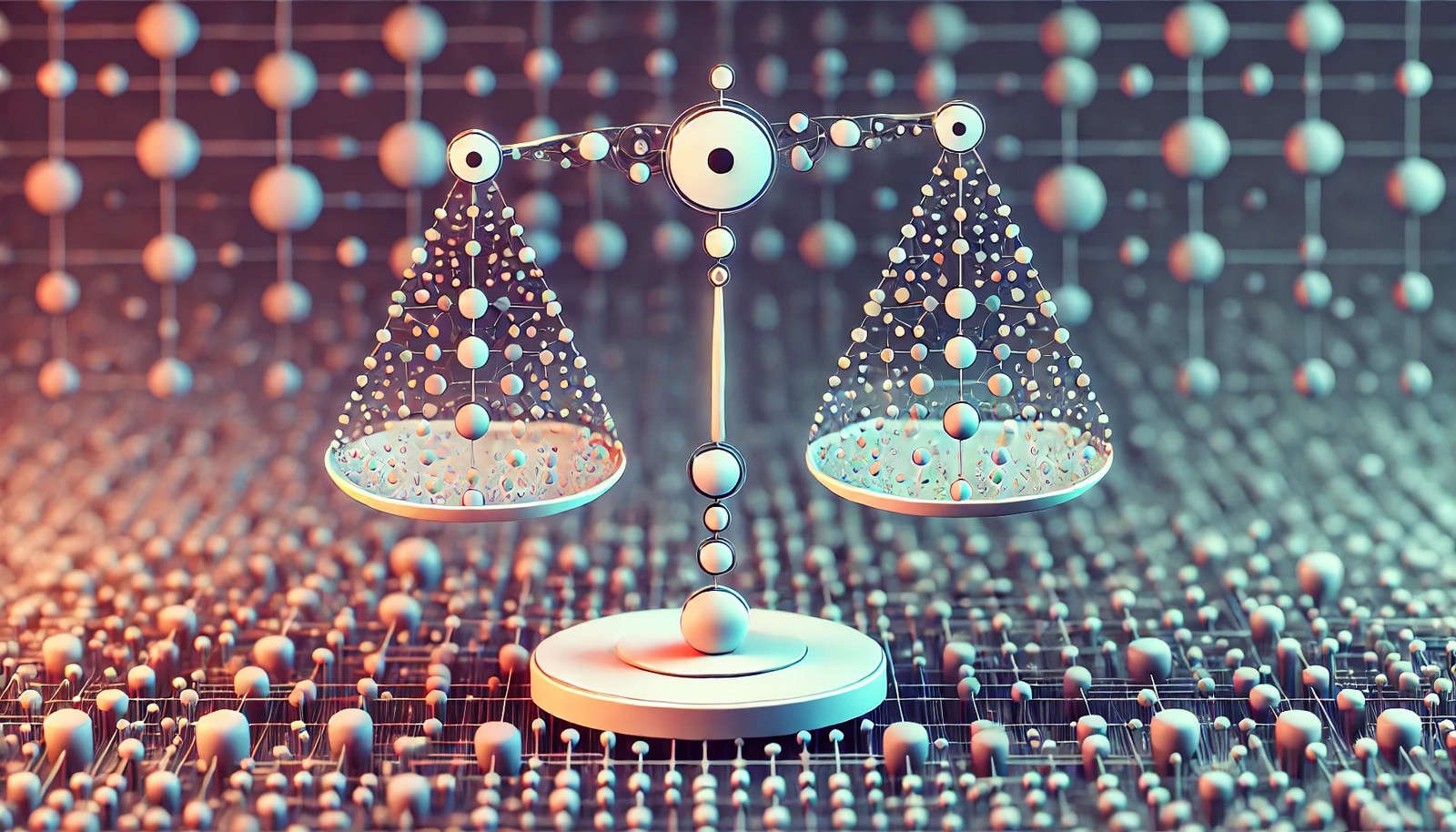Gradient Penalty

Quick Navigation:
- Gradient Penalty Definition
- Gradient Penalty Explained Easy
- Gradient Penalty Origin
- Gradient Penalty Etymology
- Gradient Penalty Usage Trends
- Gradient Penalty Usage
- Gradient Penalty Examples in Context
- Gradient Penalty FAQ
- Gradient Penalty Related Words
Gradient Penalty Definition
Gradient Penalty is a regularization term used to ensure stable training in certain machine learning models, particularly in GANs (Generative Adversarial Networks). By constraining the gradients’ norms, Gradient Penalty helps prevent the discriminator from overfitting, thus improving model convergence. It’s a useful component when training GANs since it stabilizes learning by controlling excessive gradients and addressing mode collapse, which occurs when the generator produces limited variety.
Gradient Penalty Explained Easy
Imagine you’re learning to balance a broom upright. If you sway too far in one direction, you lose control. Gradient Penalty is like someone holding the broom lightly, helping you keep it steady so you don't sway too far. In machine learning, it helps a model stay balanced during training, preventing it from learning in an extreme way.
Gradient Penalty Origin
Gradient Penalty emerged as a technique to improve GAN stability. The method was introduced as a part of the Wasserstein GAN (WGAN) to enforce constraints on gradient norms and reduce instability in adversarial training.
Gradient Penalty Etymology
"Gradient" refers to the slope or rate of change in a function, while "Penalty" indicates a restriction or constraint applied during optimization.
Gradient Penalty Usage Trends
With the popularity of GANs, Gradient Penalty has become increasingly important in the deep learning community. Its usage has grown as researchers seek robust models capable of generating high-quality samples. This term is especially common in fields like computer vision, synthetic data generation, and other generative tasks.
Gradient Penalty Usage
- Formal/Technical Tagging:
- Machine Learning
- Deep Learning
- GANs
- Regularization - Typical Collocations:
- "apply gradient penalty"
- "gradient penalty term"
- "stabilize GAN with gradient penalty"
Gradient Penalty Examples in Context
- In training a GAN to generate realistic images, gradient penalty was applied to improve image quality and prevent mode collapse.
- Researchers found that adding gradient penalty in discriminator training helped the model converge faster with fewer artifacts in the output.
Gradient Penalty FAQ
- What is a Gradient Penalty?
Gradient Penalty is a regularization term used in machine learning to control gradient norms, enhancing model stability. - Why is Gradient Penalty important in GANs?
It prevents the discriminator from overfitting and stabilizes the adversarial training process. - How does Gradient Penalty improve training?
By limiting gradient norms, it avoids sharp changes in model parameters, leading to more stable convergence. - Where is Gradient Penalty used?
Primarily in Generative Adversarial Networks and other models requiring stability during training. - What issues does Gradient Penalty address?
It mitigates mode collapse and helps with training instability. - How is Gradient Penalty calculated?
Typically, it’s added as a term in the loss function to control the gradient's magnitude. - Does Gradient Penalty work for all GANs?
It’s particularly effective for Wasserstein GANs but can be adapted for other GAN types. - Is Gradient Penalty always necessary in GANs?
No, it depends on the model’s stability and performance requirements. - What is mode collapse, and how does Gradient Penalty help?
Mode collapse is when a GAN generates limited diversity; gradient penalty helps by stabilizing training. - How does Gradient Penalty relate to overfitting?
By controlling gradient norms, it prevents the model from fitting too closely to training data.
Gradient Penalty Related Words
- Categories/Topics:
- Machine Learning
- Deep Learning
- Generative Adversarial Networks
Did you know?
Gradient Penalty was a key breakthrough in stabilizing GANs, paving the way for high-quality image generation in various applications, from artistic image creation to medical imaging. By stabilizing training, it has opened new possibilities in AI-driven visual creativity.
PicDictionary.com is an online dictionary in pictures. If you have questions or suggestions, please reach out to us on WhatsApp or Twitter.Authors | Arjun Vishnu | @ArjunAndVishnu

I am Vishnu. I like AI, Linux, Single Board Computers, and Cloud Computing. I create the web & video content, and I also write for popular websites.
My younger brother, Arjun handles image & video editing. Together, we run a YouTube Channel that's focused on reviewing gadgets and explaining technology.



Comments powered by CComment